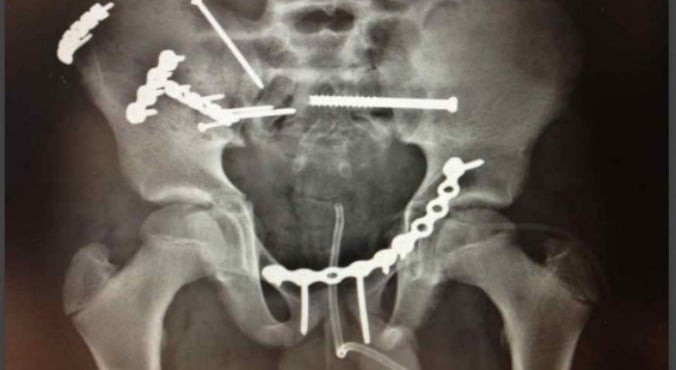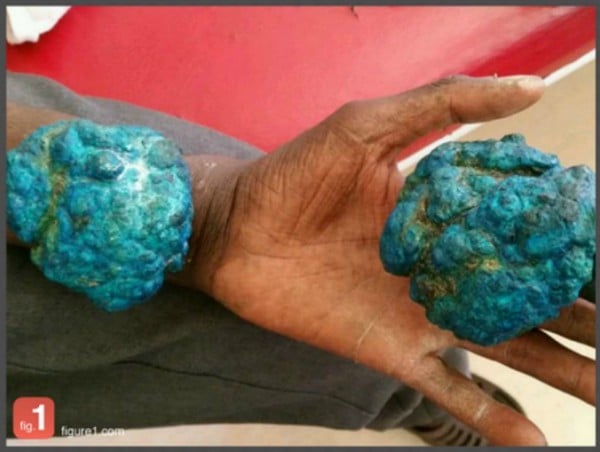
Image: Figure 1. Disclaimer: This post contains some confronting images, proceed with caution.
When doctors come across a never-before-seen illness or injury, sharing it with colleagues can help the issue to be treated effectively in future.
A medical-professionals only app, called Figure 1, allows doctors to do just that. It’s been touted as “medicine’s answer to Instagram”, but instead of selfies and pictures of green smoothies, gnawed off toes and uniquely conjoined twins abound.
“You get close ups of cuts, breaks, rashes,” explains Reply All podcast host PJ Vogt.
When reading out one of the posts shared on Figure 1, Vogt recited: “‘Male diabetic patient that was asleep in his home and woke up to his toe being eaten by a rat. The patient did not feel it at first so the rat got most of his toe’.”


